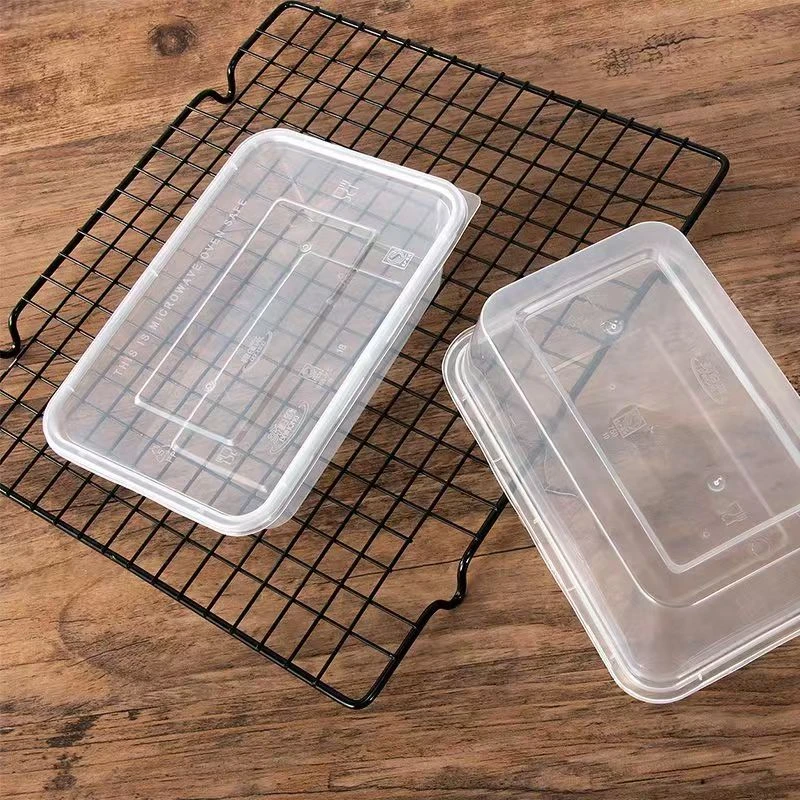The Versatility and Benefits of Yellow Greaseproof Paper
In today’s fast-paced world, food packaging continues to evolve, highlighting the need for materials that are not only functional but also environmentally sustainable. One such material gaining attention is yellow greaseproof paper. This specialized paper is increasingly being favored in the food industry due to its unique properties, versatility, and eco-friendliness.
What is Yellow Greaseproof Paper?
Yellow greaseproof paper is a type of paper that has been treated to resist the penetration of grease and oil. Unlike regular paper, which can become soggy and weak when in contact with fatty substances, greaseproof paper maintains its structural integrity. The yellow hue of the paper often serves a dual purpose aesthetic appeal and practical identification for specific uses in food service and packaging.
This type of paper is typically made from high-quality virgin pulp or recycled fibers and is processed to enhance its barrier properties. As a result, it becomes an excellent choice for wrapping, lining, and packaging various food items without the risk of leakage or contamination.
Applications in the Food Industry
The versatility of yellow greaseproof paper makes it a popular choice across diverse food applications. Chefs and catering services often use it for wrapping sandwiches, burgers, and pastries, ensuring that the contents stay secure and fresh. Bakeries appreciate its ability to line trays and containers for baked goods, as it prevents sticking while providing an appealing presentation.
Moreover, yellow greaseproof paper serves as a preferred option for food delivery services, where maintaining food quality is paramount. The paper’s grease-blocking capabilities ensure that meals arrive at their destination intact, enhancing customer satisfaction. Additionally, its lightweight nature makes it easy to handle, reducing the risk of spills during delivery.
yellow greaseproof paper

Eco-Friendliness and Sustainability
As consumers become more environmentally conscious, the demand for sustainable packaging options grows. Yellow greaseproof paper is typically biodegradable and can be recycled, making it an eco-friendly choice compared to plastic alternatives. Businesses aiming to reduce their carbon footprint find this paper an attractive option, as it aligns with their sustainability goals.
Moreover, many manufacturers of yellow greaseproof paper are adopting responsible sourcing practices, ensuring that the pulp used comes from sustainably managed forests. By choosing this type of paper, both consumers and businesses can contribute to environmental conservation while enjoying high-quality food packaging.
Health and Safety Considerations
Food safety is a significant concern in the culinary world. Yellow greaseproof paper is often treated to meet safety standards, making it suitable for direct contact with food. Unlike some plastics, which may leach harmful chemicals when heated, greaseproof paper is free from such risks, ensuring that food remains uncontaminated. This gives chefs and consumers peace of mind regarding the safety and quality of their meals.
Conclusion
In summary, yellow greaseproof paper represents a blend of functionality, aesthetic appeal, and eco-friendliness, making it a valuable asset in the food packaging industry. Its resistance to grease and oil makes it a reliable choice for various applications, from food service to delivery. Moreover, its sustainable properties align with the growing demand for environmentally responsible packaging solutions.
As the food industry continues to adapt to consumer preferences and environmental challenges, materials like yellow greaseproof paper play a crucial role in paving the way for a more sustainable future. By choosing this versatile paper, businesses can enhance their product offerings while prioritizing health, safety, and sustainability. In a world where food packaging is as important as the food itself, yellow greaseproof paper emerges as a champion of quality and environmental responsibility.



